Western dress changed dramatically in the 1920s. Women’s clothes moved from the ornate and constrictive Victorian and Edwardian eras.
Rather, fashion welcomed looser, more comfortable clothing that showed more of the arms and legs.
About a decade earlier, hemlines rising to the ankle and the transition from the S-bend corset to the simpler, columnar shapes of the 1910s began this change. Men’s fashion likewise shifted towards less formal everyday attire.
Two separate fashion eras define the decade. Early on, developments were slow and some people hesitated to embrace the new, more exposing looks.
But by 1925, the public welcomed the famous Roaring Twenties’ flapper dresses, cloche caps, and jazz-influenced designs with great fervor.
Until the deepening global downturn in 1931, these trends dominated fashion.
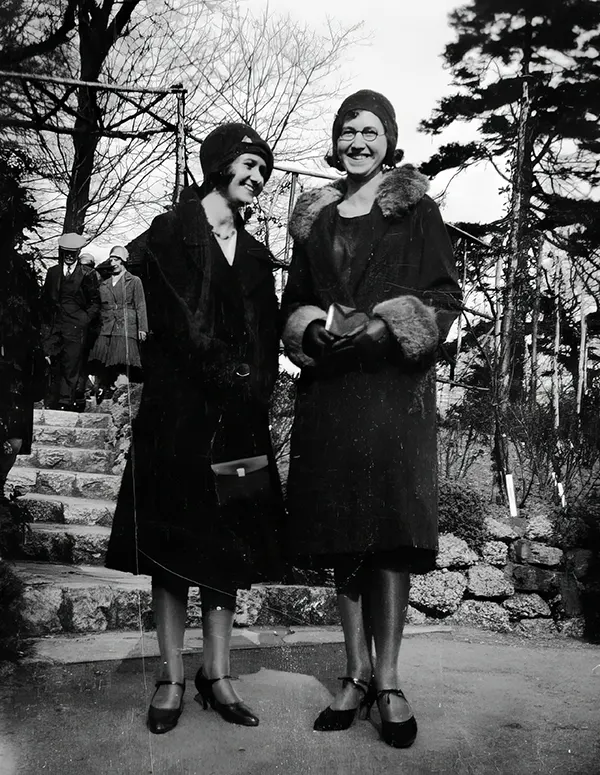
Paris set North American and European fashion trends for the 1920s. Women’s clothes aimed at ease and independence.
Daily clothing consisted in drop waist designs with a belt around the hip or low waist and skirts falling anywhere from the ankle to the knee, but never higher.
Day dresses included straight, pleated, hank hem, tiered, long to mid-bicep sleeves and straight, pleated skirts.
Many ladies also took up bobbed haircuts to project a boyish look.
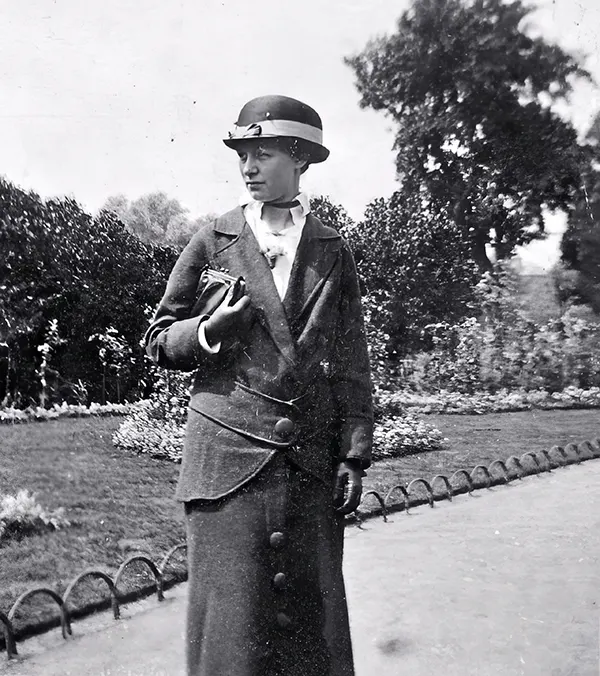
Reflecting fresh ideas and attitudes, fashion changed along with women’s shifting social positions.
While younger ladies embraced sportswear and more modern designs, older, conservative women stayed in traditional gowns.
Though with shorter skirts featuring pleats, gathers, or slits for simplicity of movement, the tubular dresses of the 1910s evolved into comparable shapes.
The flapper look, marked by utilitarian clothing meant to flatten the bust rather than accentuate it, was the most famous pattern of the Roaring Twenties.
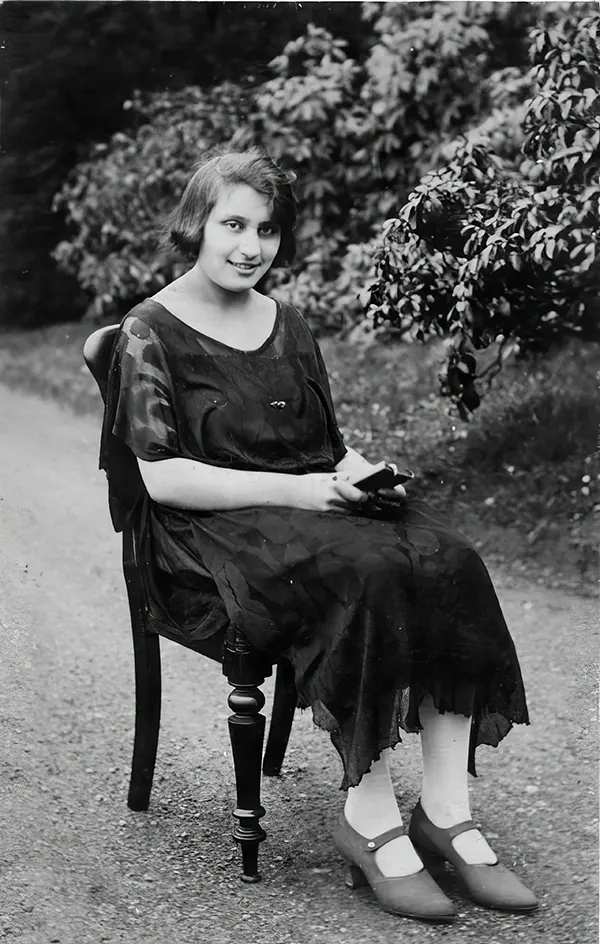
One of the key accessories of the 1920s was the cloche hat. In 1926, Vogue declared “The Bob Rules,” reflecting the influence of dancer Irene Castle, who had cut her hair just nine years earlier.
This trend inspired F. Scott Fitzgerald’s 1920 short story, “Bernice Bobs Her Hair,” and numerous Vogue editorials throughout the decade.
The bob hairstyle perfectly complemented the loose, straight silhouettes of the era.
Vogue credited this new haircut with revitalizing the hat industry. The popularity of bobbed hair led to a surge in demand for new, stylish hats.
The cloche hat and the bob hairstyle were essentially made for each other, creating a fashion craze that defined the decade.
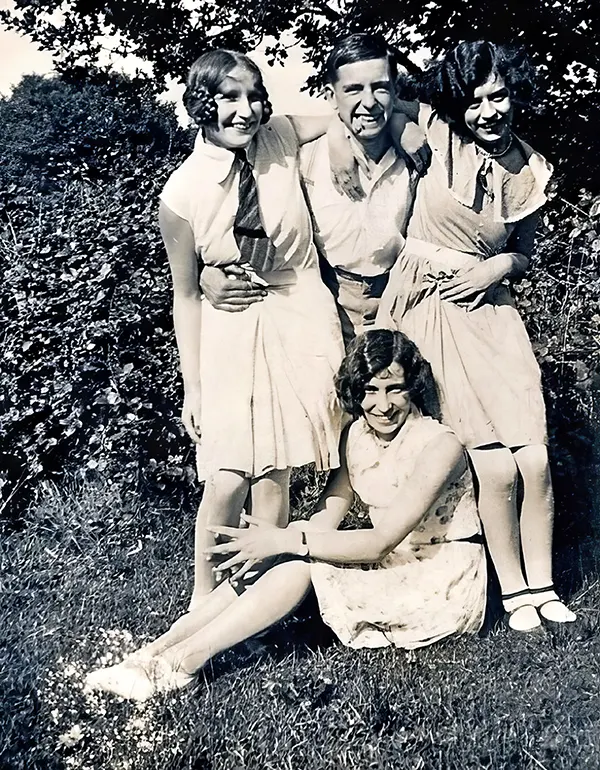
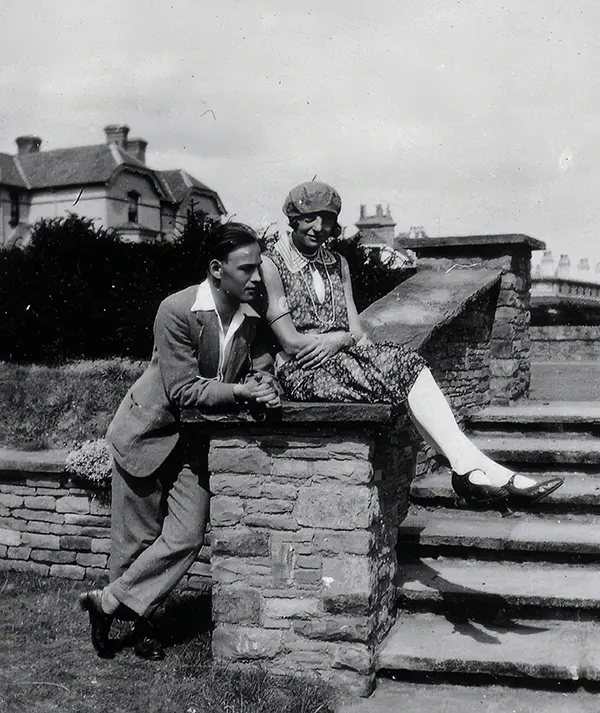
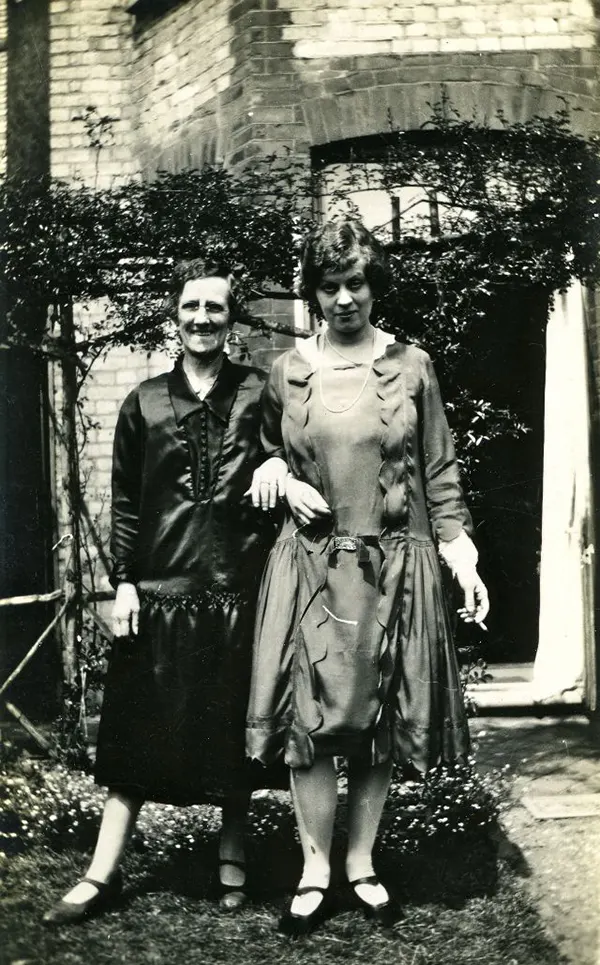
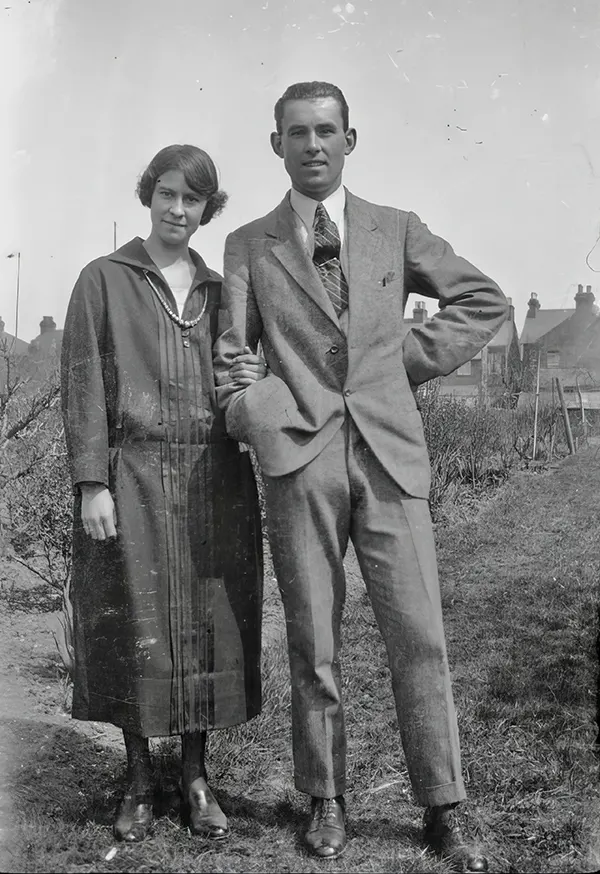
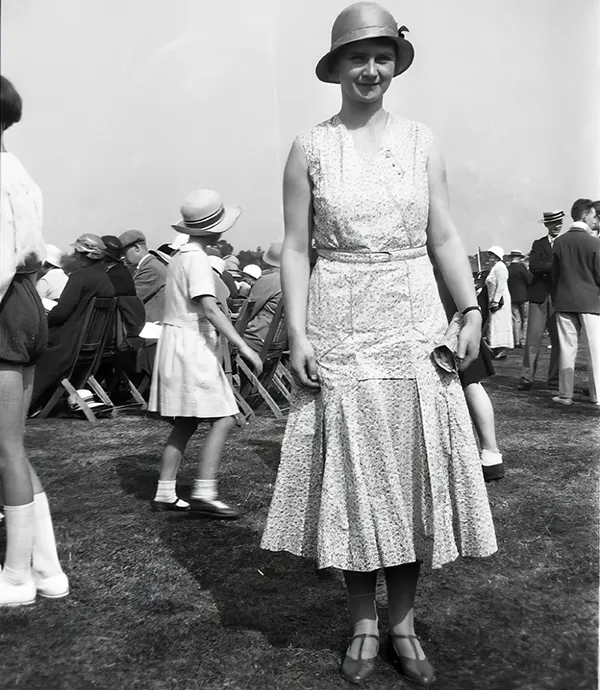
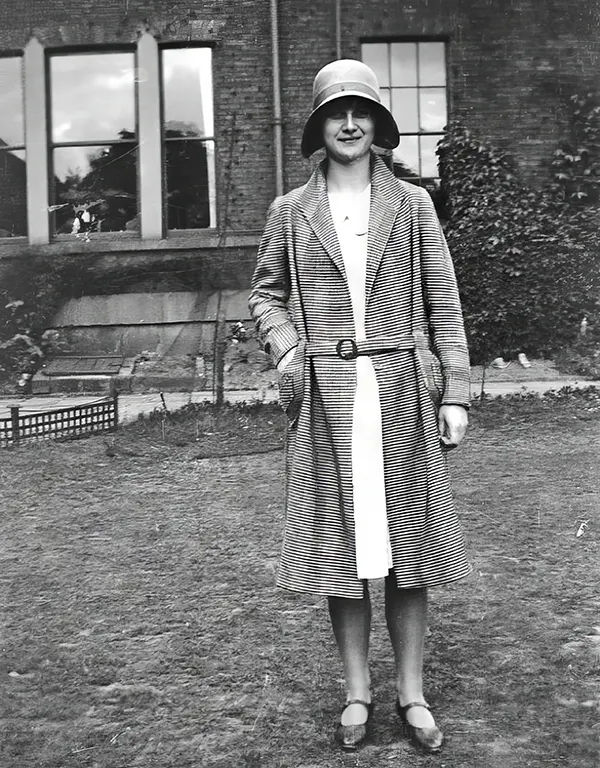
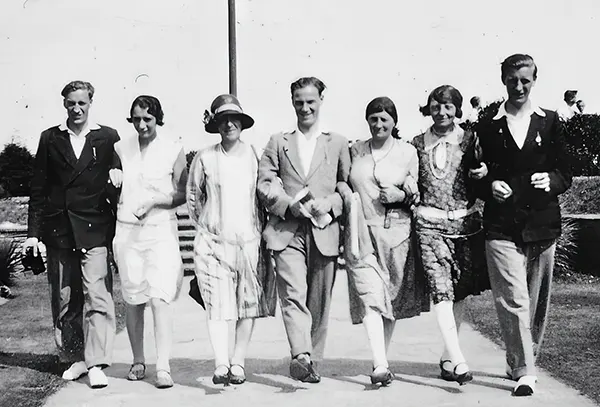
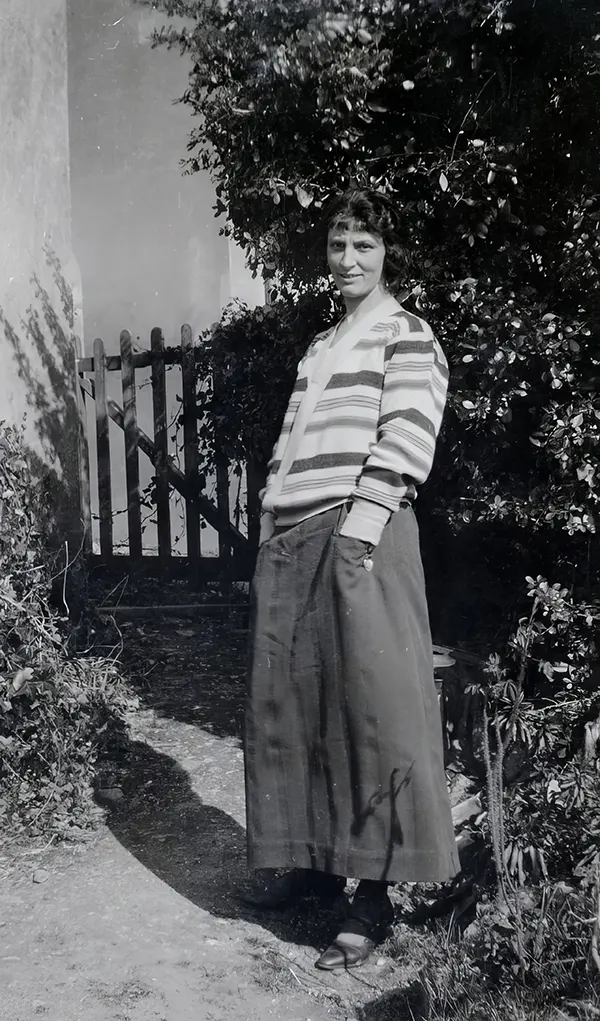
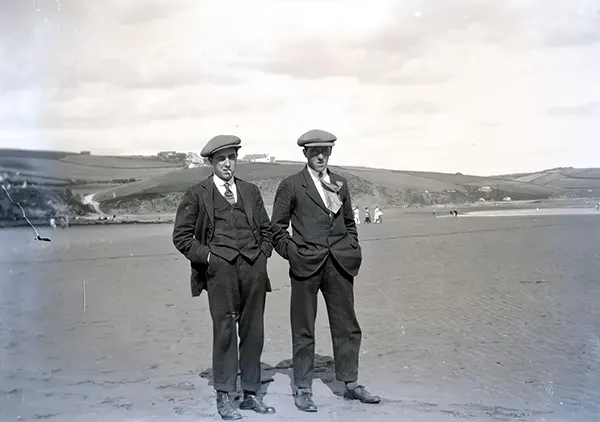
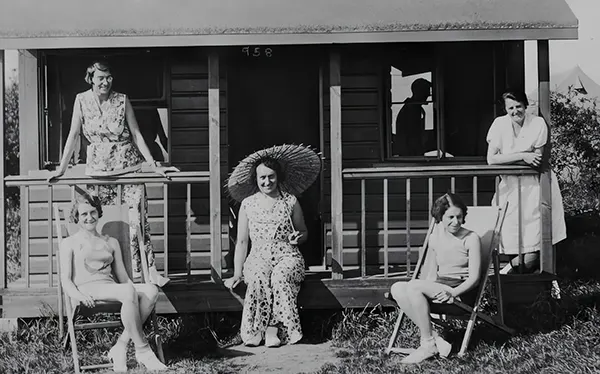
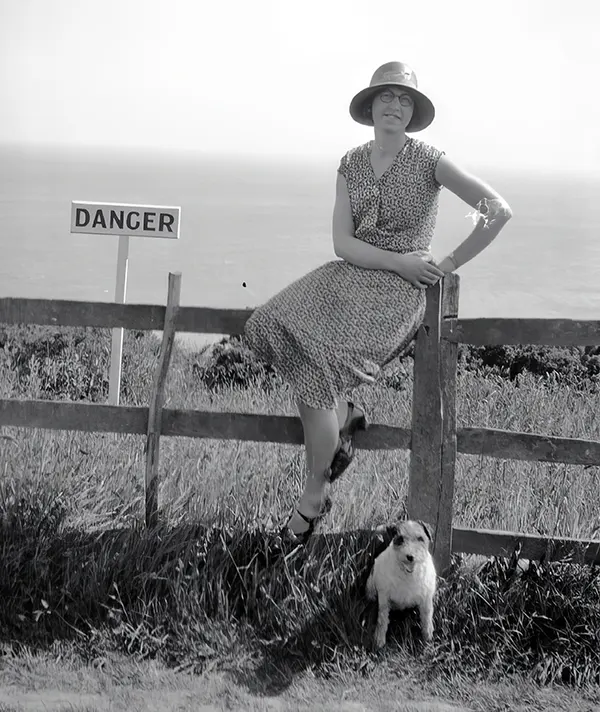
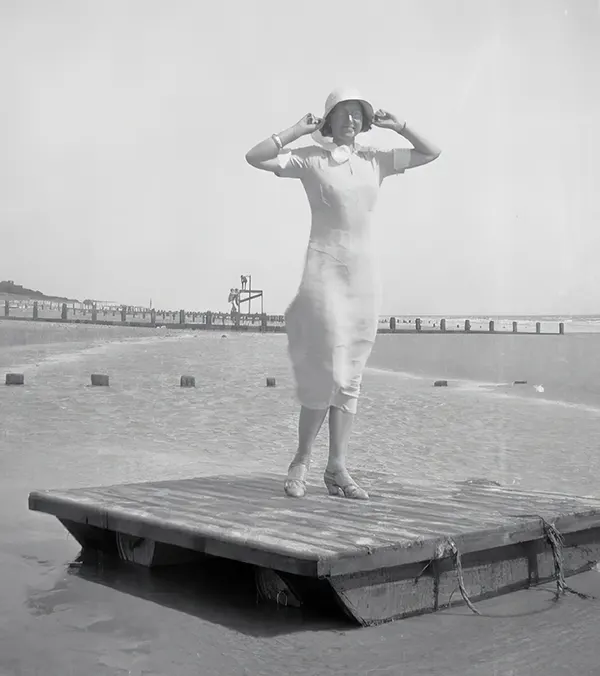
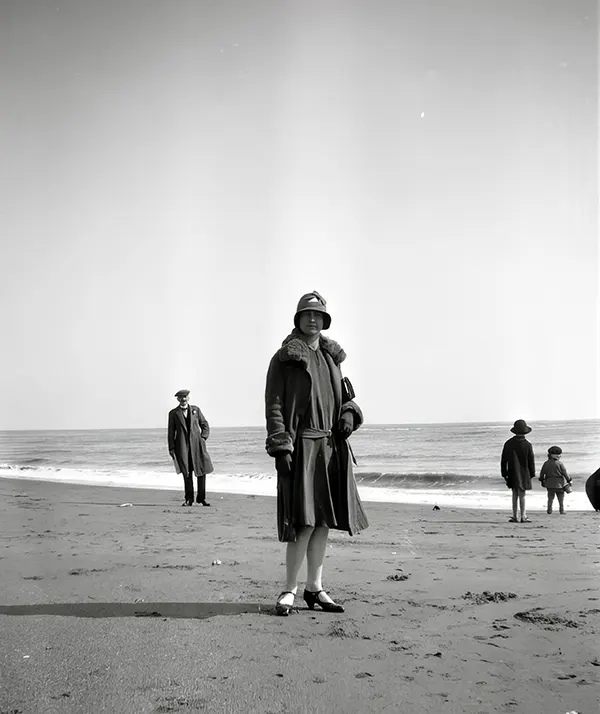
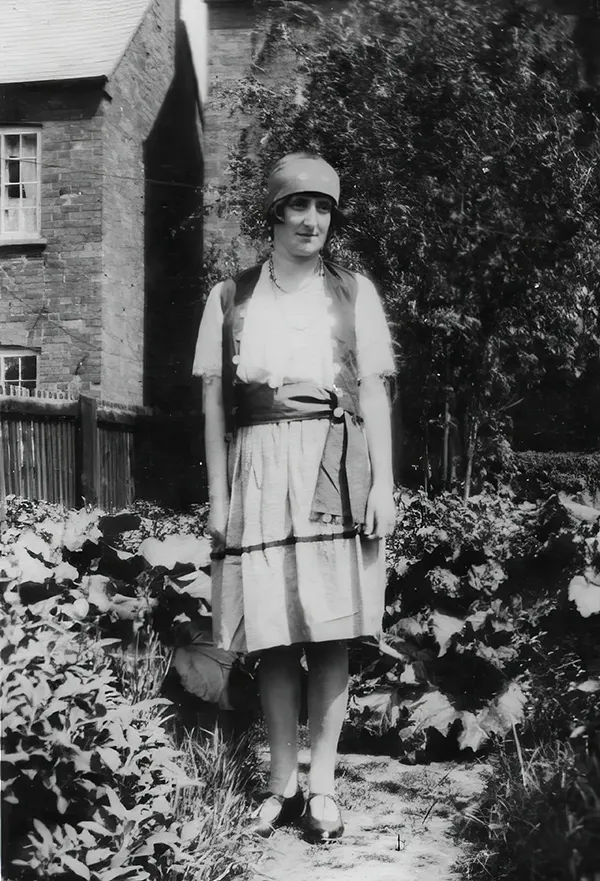
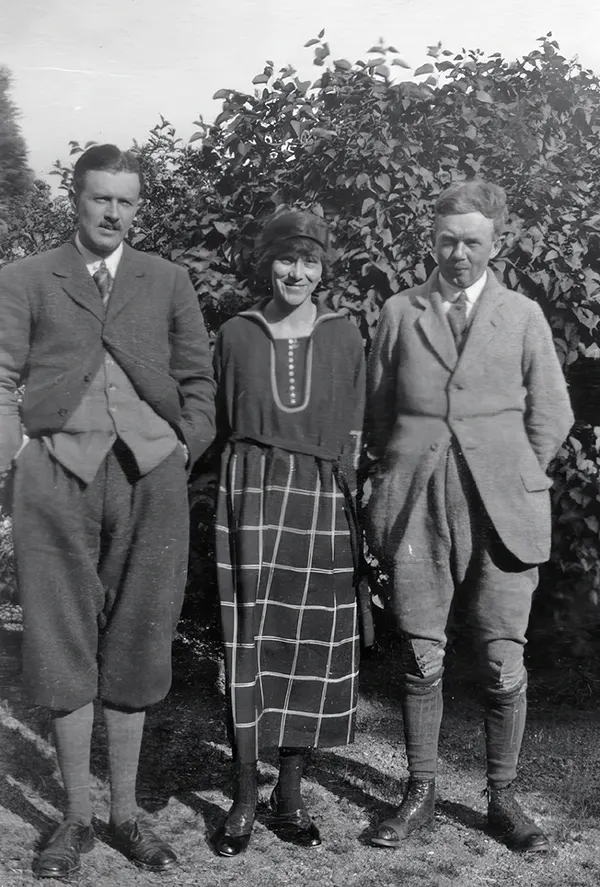
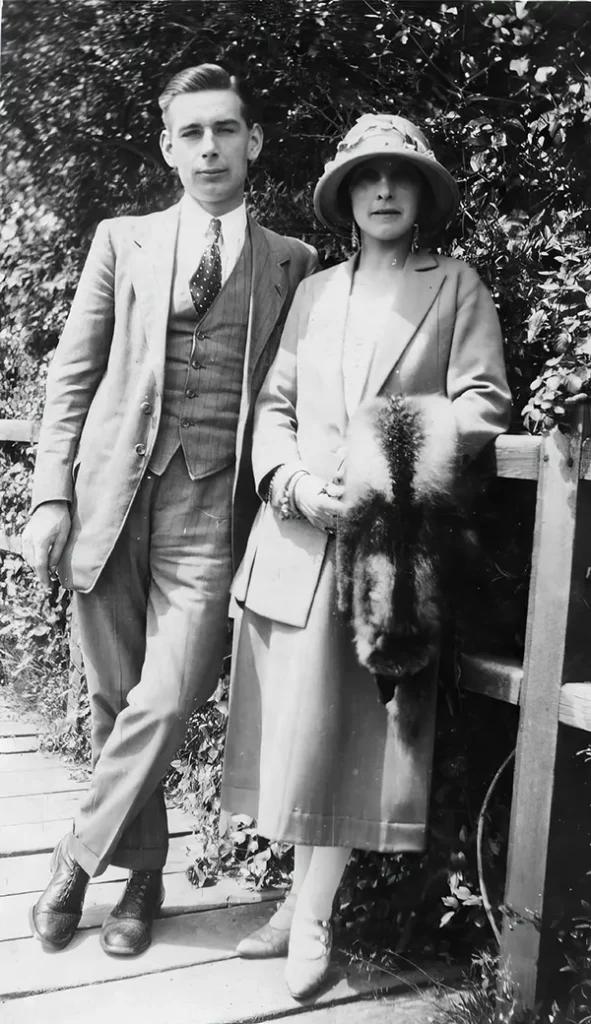
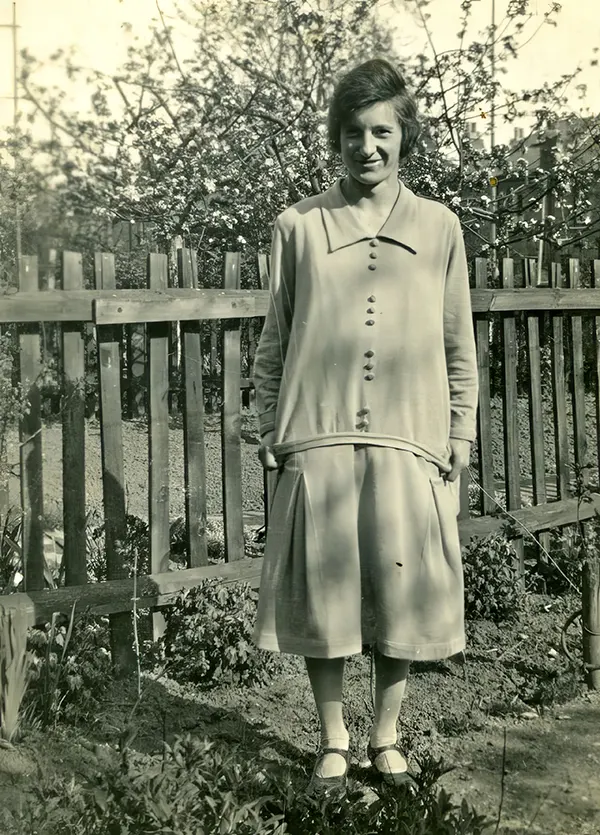
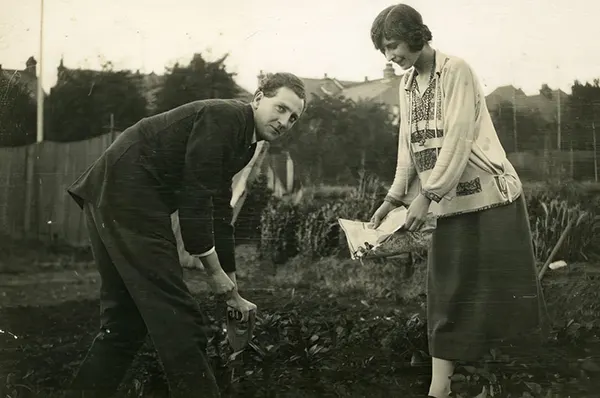
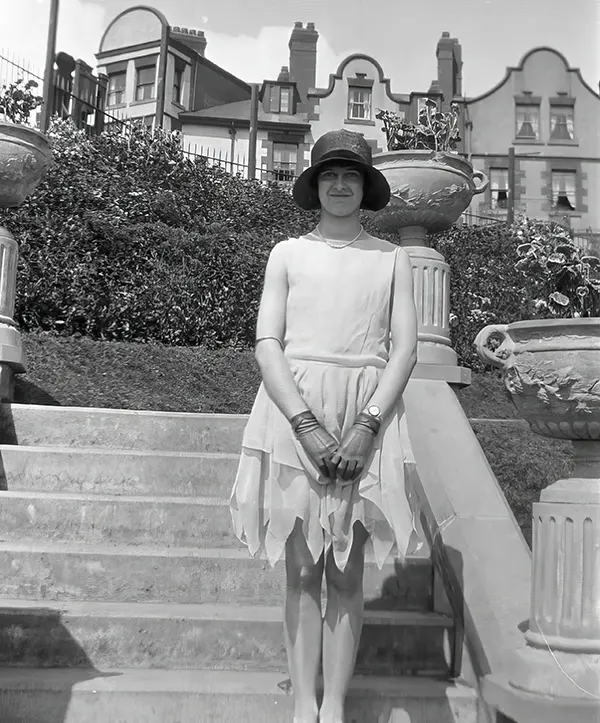
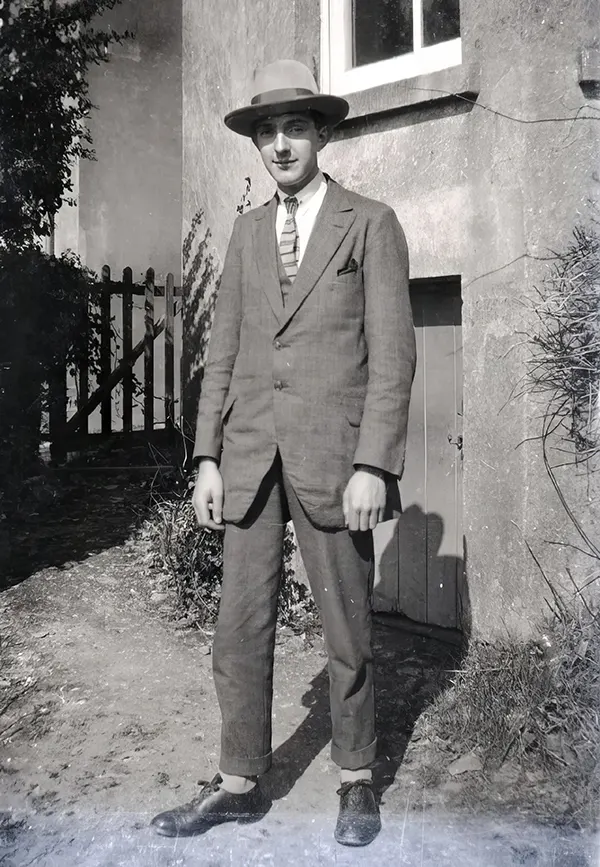
(Photo credit: flickr.com/photos/vintage_women).
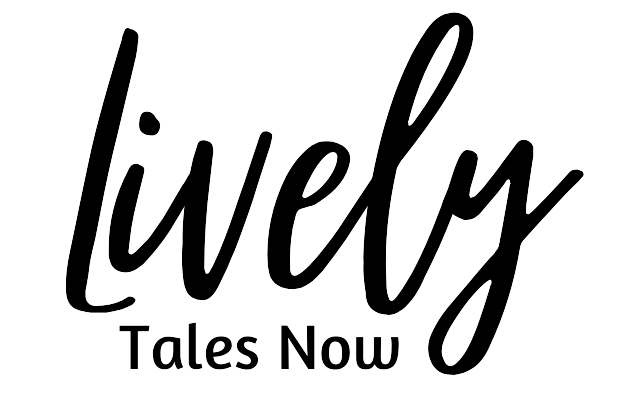

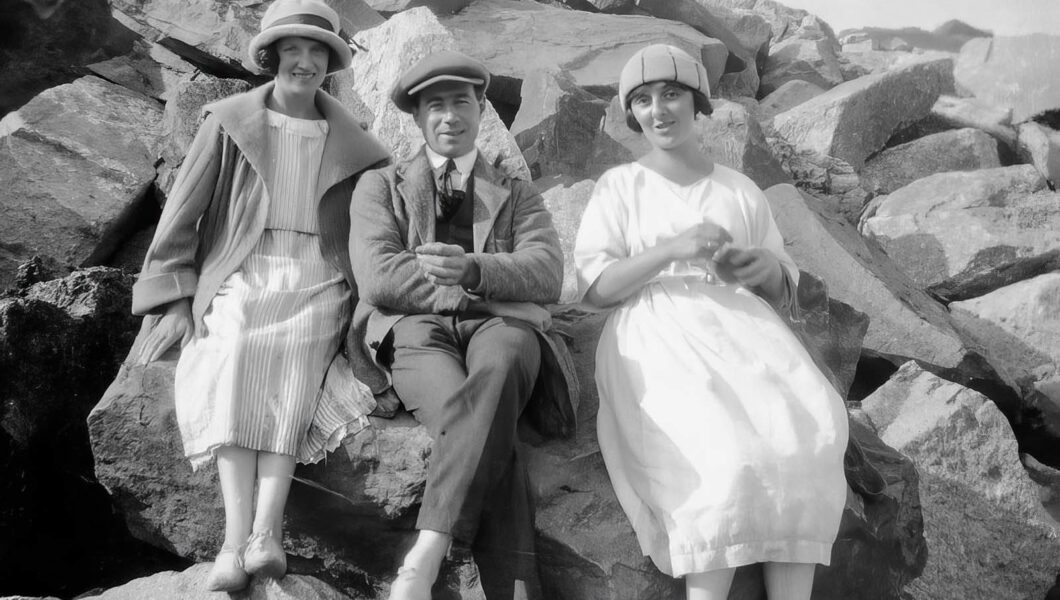

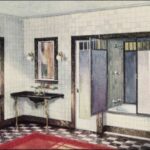
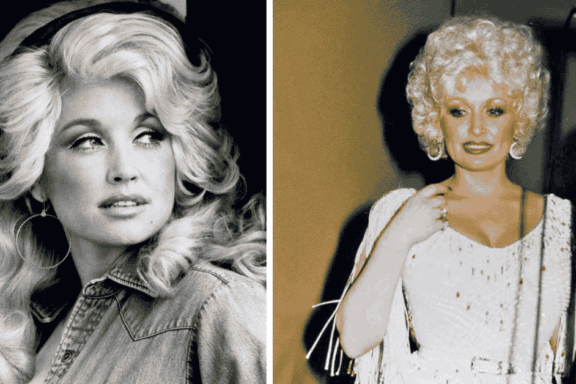
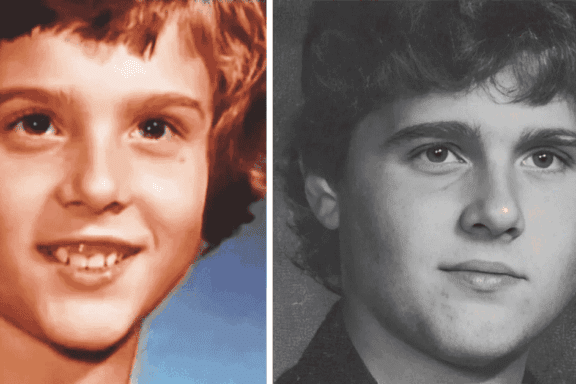
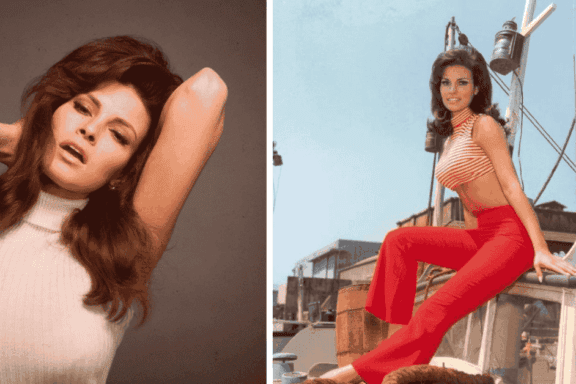
No Comments